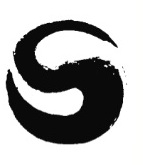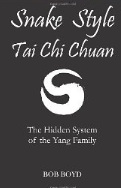Yang Tai Chi – Tai Chi Class Versus Personal Practice
I teach tai chi almost every day and I always practice the form with my students during the class. There is a nice energy about doing a group form. However, the highest and best use of tai chi is private, day-to-day practice. Tai chi is a very personal exercise, and each individual may have a different place or part of the day for their practice. This is as it should be.
Therefore, tai chi class is for learning tai chi, not practicing it. Of course, practice is part of every class, but learning the next move of the form, or getting a deeper understanding of the concept of how to move, is what class should be about. The teacher teaches and the student learns. This is like music lessons. The piano teacher teaches you how to play, so that you can find satisfaction in your personal performance. You learn how to make music from the teacher, but you make music on your own.
Many people today go to a yoga class for the workout. Sometimes the same is expected of attending a tai chi class. Many people are now interested in so-called “ji gong” class. This is often simply a group calisthenic and stretching class with a little standing meditation added in. It's a little more like the yoga class, where everyone does everything together. But true ji gong (chi kung) is also a very personal exercise to be practiced privately in a tranquil environment.
Personally, whoever decided to put Chinese music behind every YouTube tai chi video should be shot The rhythm of tai chi is in the mind of the practitioner, and quietude is a most important ingredient of a good practice.
An old karate teacher and friend of mine once said (when criticizing the structure of the class I attended), “If you want exercise, go run around the block. If you want to learn Karate, go to a karate class. Not exactly pearls of wisdom, but a noteworthy point of view.


 Bob Boyd
Bob Boyd